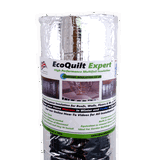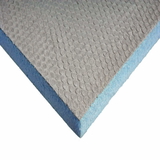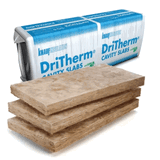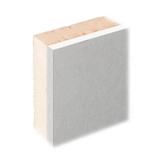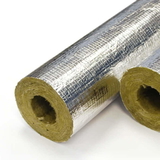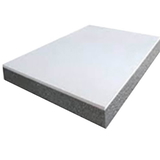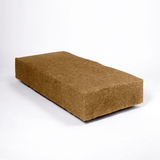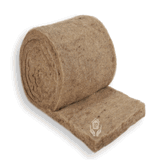- Blogs
- 7 signs of under-insulated home
7 signs of under-insulated home
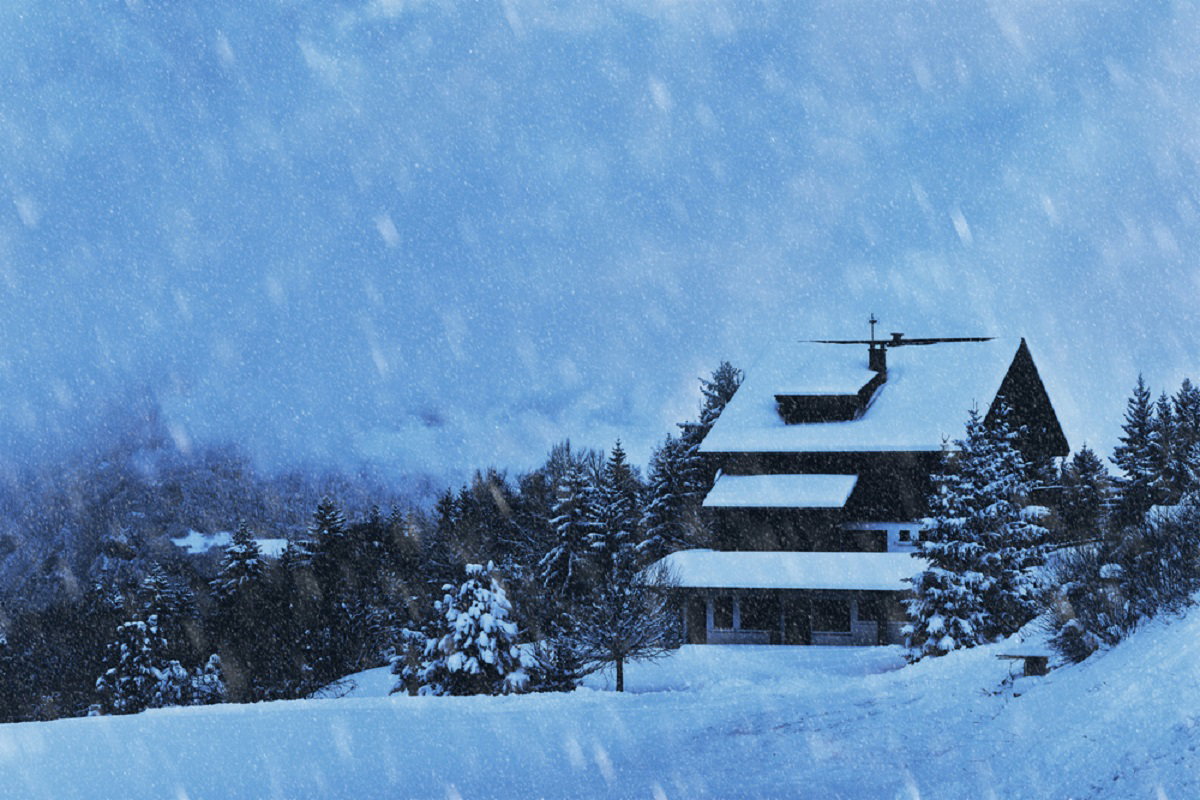
Insulation helps to maintain a desired indoor temperature all year round. It resists heat flow and visually lowers your heating and cooling costs. It blocks the heat from entering your home in the summer and stops it from sneaking out during the winter.
Effective insulation ensures that the energy bills and your carbon footprint stay down. There are many ways to insulate your property, including:
- Duct Insulation
- Roof and loft insulation
- Cavity wall insulation
- Draught-proofing
- External and Internal wall insulation
- Floor insulation
However, insulation is a pretty big investment and before you look into it, you need to be sure your home needs better insulation to begin with.
Homes that need better insulation will have the following tell-tales:
Cold floors, ceilings and walls
They are your first line of defence against external weather conditions. Do the touch test. When floors, ceilings and interior walls are cold to touch, it’s a sure-shot sign that your home is under-insulated. In a well-insulated property, all these parts will feel dry and warm.
Your external walls, however, should be cold, as effective insulation keeps the warmth within your home. You will know that it’s time to up your insulation when your floors, ceilings and interior walls feel cold.
Uneven temperatures:
When you observe different temperatures in the different areas of your house – say, you feel cold in the kitchen but feel warm in your living room – then it’s an obvious sign of an under-insulated home.
Higher energy bills:
If your house is poorly insulated then your heating and cooling units have to work the whole time to maintain a pleasant indoor temperature. Check the utility bills of the last few years and if you observe an increase, then it is time to upgrade your insulation.
Chilly drafts:
If you experience the cold drafts and breezes coming in from the outdoors, then your home needs better draught-proofing. Sealing off your door and window frames will provide your home with good thermal efficiency.
One of the affordable ways to prevent drafts is to use thick curtains, blinds and fabric draught excluders in front of doors and windows.
Frozen pipes:
In areas that can reach freezing temperatures, under- insulation means frozen pipes being a common sight. This could lead to more than just extremely cold water from your taps. Frozen pipes can burst, leading to unnecessary damage. If you catch pipes freezing over, then it's time to invest in quality insulation.
Ice dams:
When the heat from the roofs of poorly insulated homes rises, they melt the lower layer of snow settled in the roof. The melted water then trickles down towards your gutters and may freeze again once it hits the cooler air, resulting in chunks of ice in the gutters. It can quickly wreak havoc and turn into a safety hazard. It is a sign that you need to invest in insulation when you notice these ice dams.
Insects, pests and mice:
The small holes around windows and doorways are how cold enters and hot air escapes. Unfortunately, these tiny openings also how the critters to enter your home. Effective insulation can help you get rid of these pests and save money on energy bills.
Conclusion:
You can also seek professional assistance and get your home inspected by insulation experts to determine how well your home insulation works and areas where you need to up your insulation. However, if you observe any of the above-mentioned signs, then it is definitely an indication that you need to invest in the right insulation to increase the energy efficiency of your building.
For best grade insulation products visit www.buyinsulationonline.co.uk. We offer top-grade insulation products online at unmatched prices. Buy insulation online from the UK’s leading manufacturers and get them delivered to your doorstep.

Samuel Hitch
Managing Director
Buy Insulation Online.
Leave A Reply
Your feedback is greatly appreciated, please comment on our content below. Your email address will not be published. Required fields are marked *

